Our Earth is changing. It is no longer the same planet that our grandparents or even our parents inhabited; however, this does not mean that it is time to throw in the towel and leave it for the next generation to figure out. Rather than waiting for others to change, getting busy ourselves can positively impact not only our own lives but also those around us.
The ideology behind permaculture encompasses particular skills and ways of doing things to empower us to be responsible, productive community citizens rather than consumers dependent on others to satisfy our basic needs. Bill Mollison and David Holmgren coined the word permaculture in the 1970s in an attempt to face and challenge the environmental crisis facing modern society. They describe permaculture as “Consciously designed landscapes which mimic the patterns and relationships found in nature, while yielding an abundance of food, fibre and energy for provision of local needs” (Holmgren, xix).
Mindful Observation
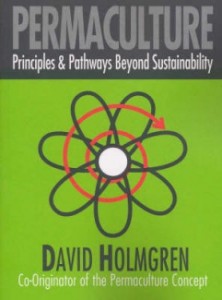 Permaculture design cannot happen overnight, so be prepared to dedicate time and to practice the art of “slow.” First, you must simply start with observation. In today’s fast paced society, mindful observation seems almost counterproductive, as if we should always be doing instead of just observing. However, “good design depends on a free and harmonious relationship to nature and people, in which careful observation and thoughtful interaction provide the design inspiration, repertoire and patterns” (Holmgren, 13).
Permaculture design cannot happen overnight, so be prepared to dedicate time and to practice the art of “slow.” First, you must simply start with observation. In today’s fast paced society, mindful observation seems almost counterproductive, as if we should always be doing instead of just observing. However, “good design depends on a free and harmonious relationship to nature and people, in which careful observation and thoughtful interaction provide the design inspiration, repertoire and patterns” (Holmgren, 13).
Open up all of your senses. Smell the soil, listen to the insects and birds, and watch the shadows. Permaculture is about working with nature rather than against it. Modern society teaches us to battle nature with pesticides, fungicides and herbicides. The negative connotations that come with words like weeds or pests must be rethought. These things may actually be indicators of the health of the soil or other environmental factors, so rather than go on the immediate attack, try to discover why the “pests” may be present in the first place.
Understanding and Utilising Nature’s Energy
Nature has four main stores of energy – water, living soil, trees and seed. Incorporating these cornerstones of energy into your permaculture design will, over time, provide your garden with the energy required to make it self-sufficient.
Water: Catching and storing water should be one of your top priorities when considering permaculture design. Observe how water flows at your selected site. I had the opportunity to attend a community presentation by Brad Lancaster, a permaculture consultant from Tucson, Arizona. He is an advocate for rainwater harvesting and suggests slowing, spreading and infiltrating the flow of water. In the hot, dry desert of Arizona, Lancaster harvests 100,000 gallons of rainwater per year on a 1/8 acre urban lot, creating an oasis of food-bearing trees and gardens while providing wildlife habitat.
Living Soil: The ability for soil to store nutrients and water will determine the success of your permaculture design. Build your soil to contain adequate organic matter, minerals and microbes by incorporating organic manures, compost and worms. David Holmgren remarks, “When the earth beneath our feet is less like a dead concrete slab and more like a moist living sponge, then we know we are on the right track” (40).
Trees: Trees are great at absorbing and storing water and nutrients, and sequestering carbon from the air. In addition, they provide a shade canopy from the hot sun and a habitat for many forms of life. They create microclimates, they form windbreaks and they can act as fences or trellises. They also help to provide necessary mulch in the form of leaves and bark.
Seed: Seed saving is a critical component to capturing and storing energy. It is a relatively simple process and has immense benefits. Make sure to read up on saving seeds before you begin as different varieties have different requirements and some cross-pollinate fairly easy. Food plants go extinct each year as corporate agriculture and the patenting of seeds slowly erodes the genetic diversity of our food system. When you save seeds, you are saving cultural, historical and environmental information that can never be regained once it is lost.
Mimic Mother Nature
By observing and copying nature, it is possible to obtain high yields of food with less effort and energy. Permaculture is based on cyclical time rather than on the linear time that we have become so familiar with. In other words, everything has cycles, patterns and waves that flow between permanence and change. For example, food scraps and dead plants should be returned to the earth as compost to become rich soil.
Love Diversity
Diversity is another key element in permaculture garden design. The natural world is complex and diverse. Over the last century, modern, large-scale agriculture has largely turned to monoculture landscapes void of diversity. It is within these monocultures that the widespread use of toxic chemicals and energy in the form of fertilisers arise, causing devastating impacts on human health and the environment. Incorporating diverse plants attract different insects and can help balance your garden by creating mutually beneficial relationships.
Zoning
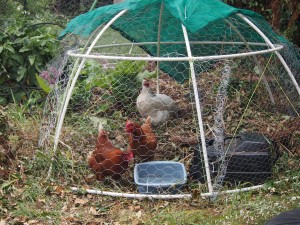
As you plan your permaculture garden, take the time to consider each plant and how you will use it and how often. Plan to plant varieties that will require extra attention closer to the house (Zone 1) and work outwards as plants require less care. Even if you have a small space, you can still end your design with a Zone 5, which may be an undisturbed area for wildlife. Therefore, Zone 1 will be your busiest zone and Zone 5 will require the least amount of care.
Permaculture has many facets and is not only about gardening but a whole way of living more sustainably on the planet. Do not overextend by taking on too much at once – this defeats the underlying principles of permaculture. Holmgren reminds us,
It is the steady, cyclical and humble engagement with nature that provides the sustenance for the spark of insight and integration, which, in turn, informs and transforms the practice. The first is harmonious and enduring, the second is episodic and powerful. The joyful asymmetric balance between the two expresses our humanity (271).
Finding balance between our lives and nature is the first step in sustainable living. Nature’s designs have been successful for millions of years, perhaps we could learn a thing or two if we just stop to observe.
Reference
Holmgren, David, Permaculture: Principles and Pathways Beyond Sustainability, Victoria: Holmgren Design Services, 2002

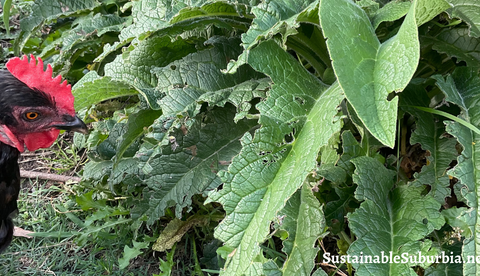

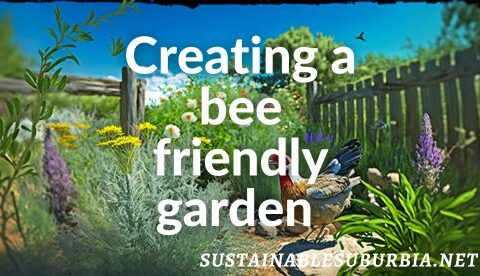
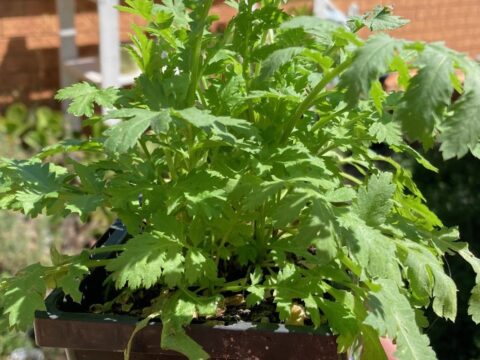
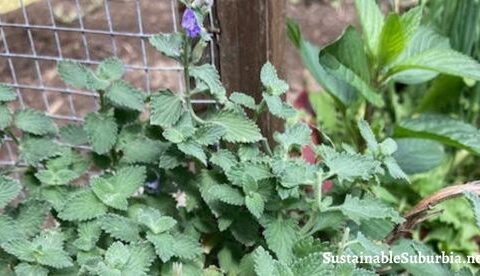

Permacultures will need to be the brave way forward if we are to have a sustainable food sources in the future. Permacultures will also make for beautiful and magical garden and farming spaces, as opposed to the over-tilled, vast fields that we have come to associate with farming and food production.